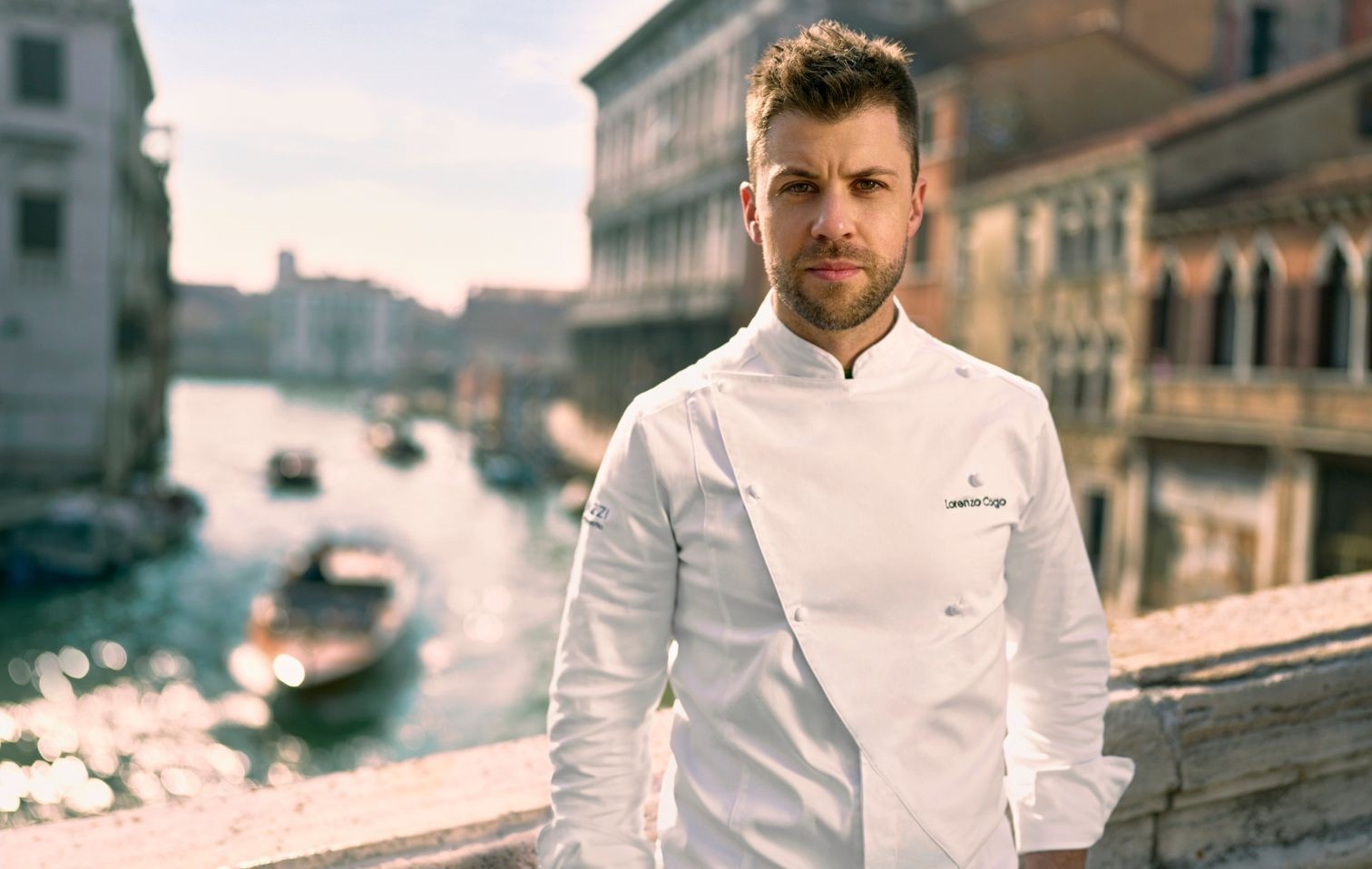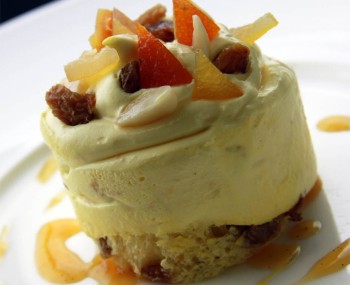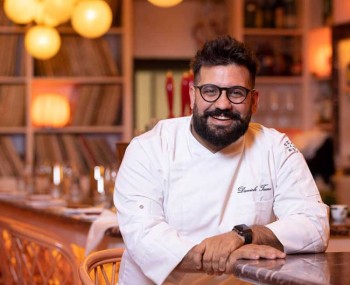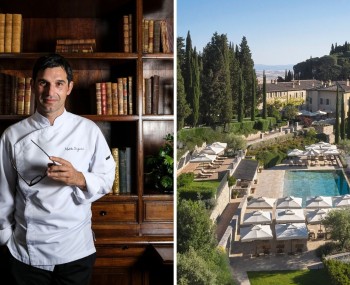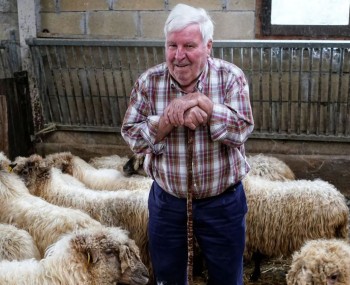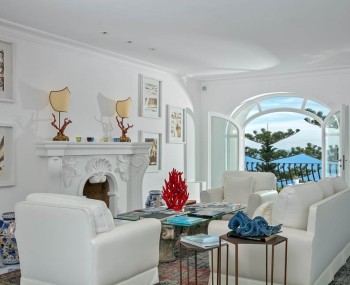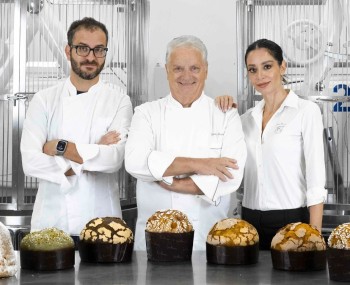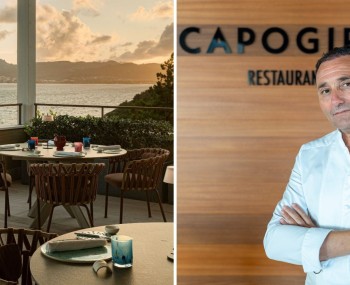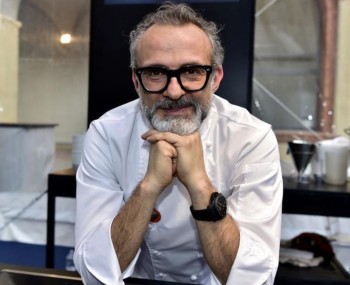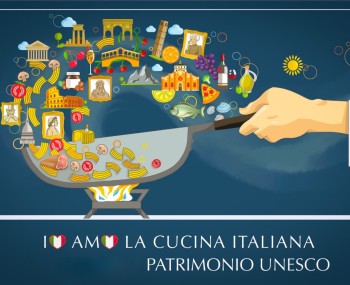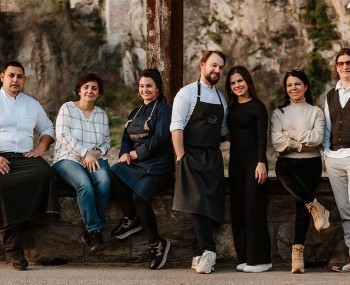With an Artistic Heritage and Significant International Experience Across Continents, Lorenzo Cogo Has Found a Fresh Avenue for Self-Expression, Maximizing It as He Pleases. His Quest for Pure Taste at Dama in Venice.
The Hotel
A reputation built over decades isn't easy to challenge, but it's now beyond doubt: the prejudice that sees Venice as one of those cities dedicated to plundering the 'poor' tourists, especially in terms of gastronomic hospitality, needs to be debunked. Because the offering is growing in quality and consistency.
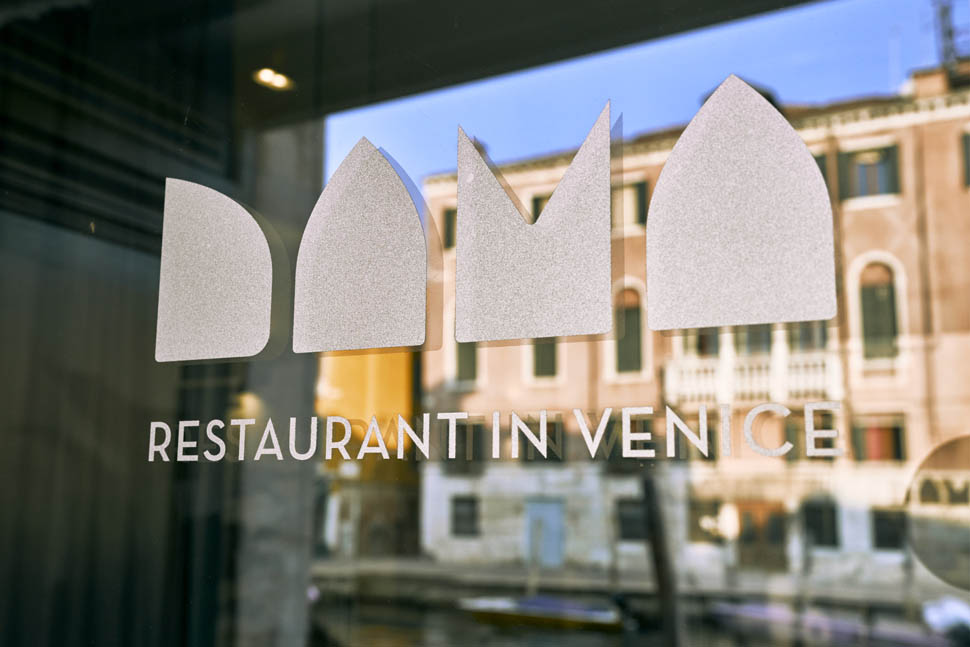
This naturally happens even at restaurants located within prestigious hotels, such as Ca' Bonfadini of the "I Palazzi - Historic Experience Hotels" group, an Italian brand born in 2016 that chose Lorenzo Cogo as the executive chef leading a team of brilliant young talents. Not that Cogo, born in 1986, is old, but we'll see how his professional journey has evolved shortly.
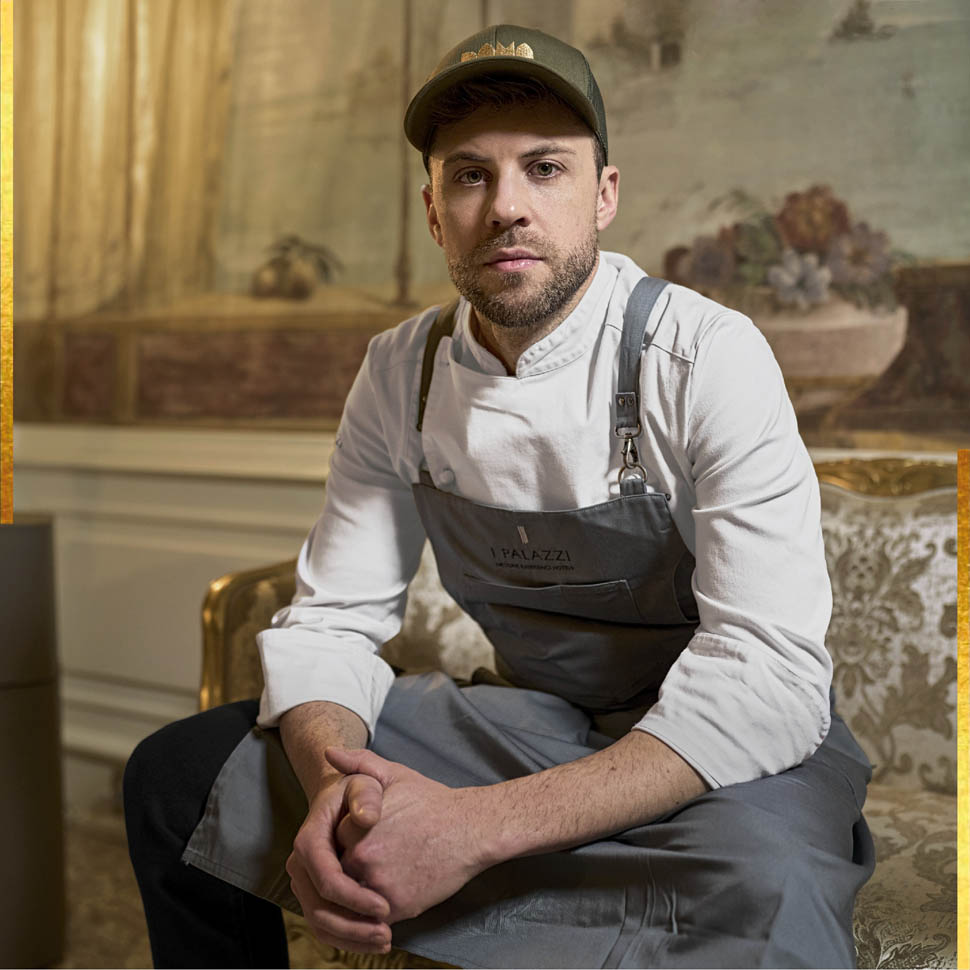
Before getting there, it's worth telling you a bit about this recent, elegant renovation of a beautiful palace tucked away from the usual routes, on the Cannaregio Canal in Fondamenta Savorgnan, just steps away from the train station and Piazzale Roma. The residence of the eponymous patrician family since the 17th century, it was later acquired by the Vivante family, a very wealthy Jewish family, due to its strategic location.
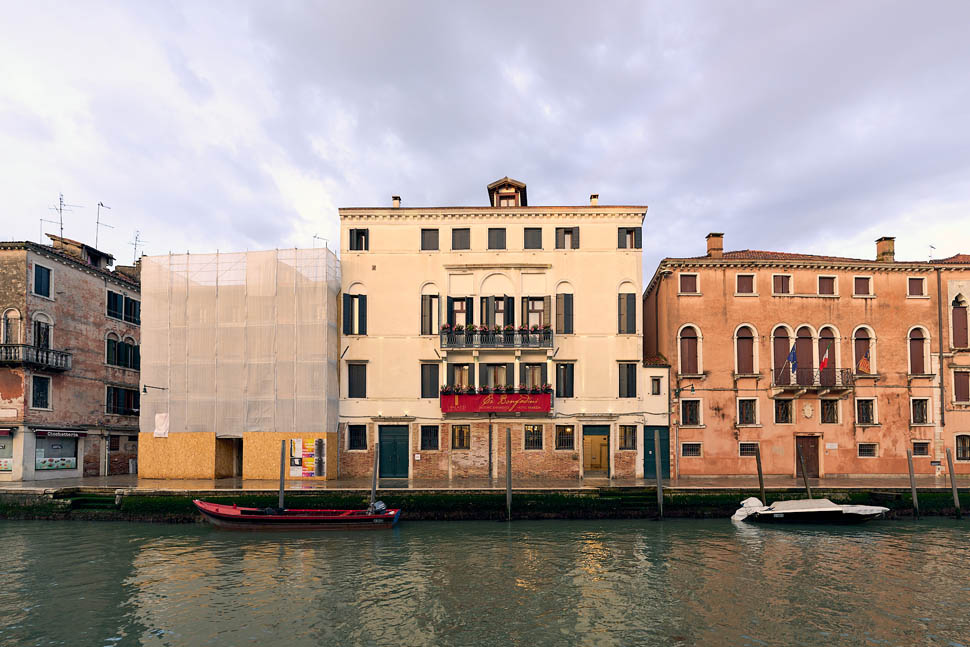
In the early 19th century, the interiors were enriched with significant decorations by Venetian neoclassical artists such as Borsato and Bevilacqua, in collaboration with great stucco masters. Five stars, twenty rooms including luxury rooms and suites, and since February 2022, Cogo's guidance at the Dama restaurant: a name inspired by the refinement and elegance of Venetian ladies, by the pointed arch of traditional architecture reminiscent of its forms, but not only that. Because in the city, "dama" also refers to a structure made up of multiple "briccole," the characteristic wooden posts that mark the waterways in the lagoon.
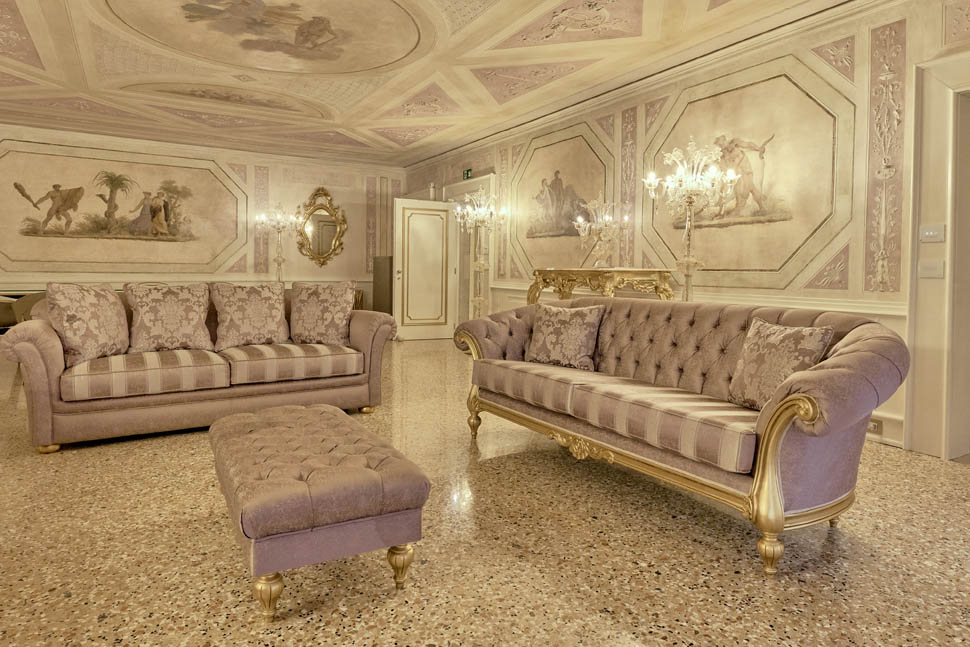
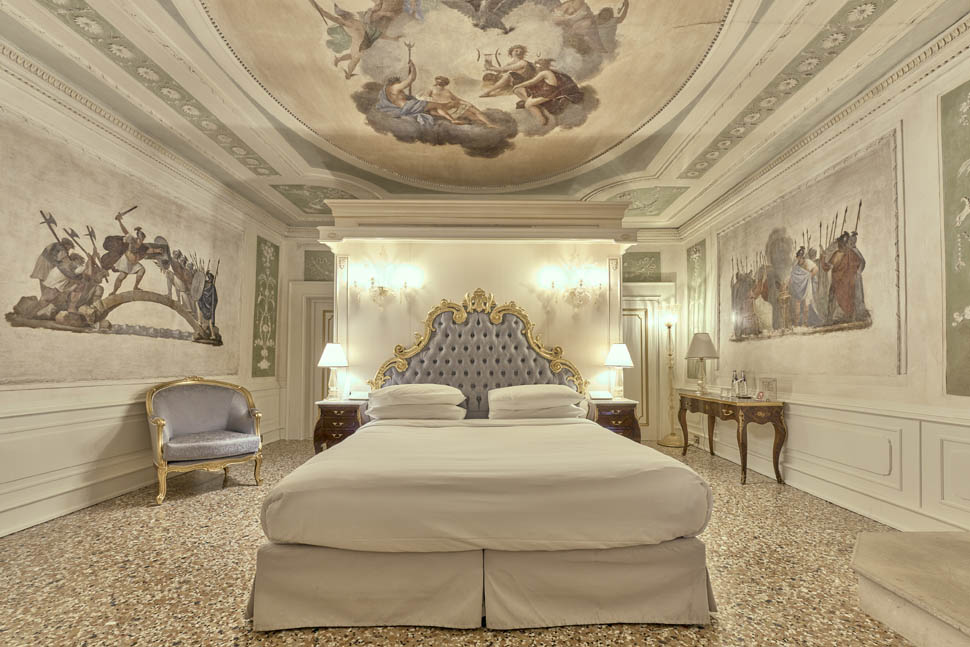
The restaurant
The dining room is very beautiful, and its large tables were made using the wood from the refurbished briccole. Here in Venice, Cogo Cogo (for the Venetians, it's easier to understand the play on words, as "cogo" in dialect means chef), a scion of the culinary world with significant international experience spanning continents, earned a Michelin star at the age of 25 at El Coq in Marano Vicentino, has found a new path for his culinary expression. At its best, just the way he likes it.
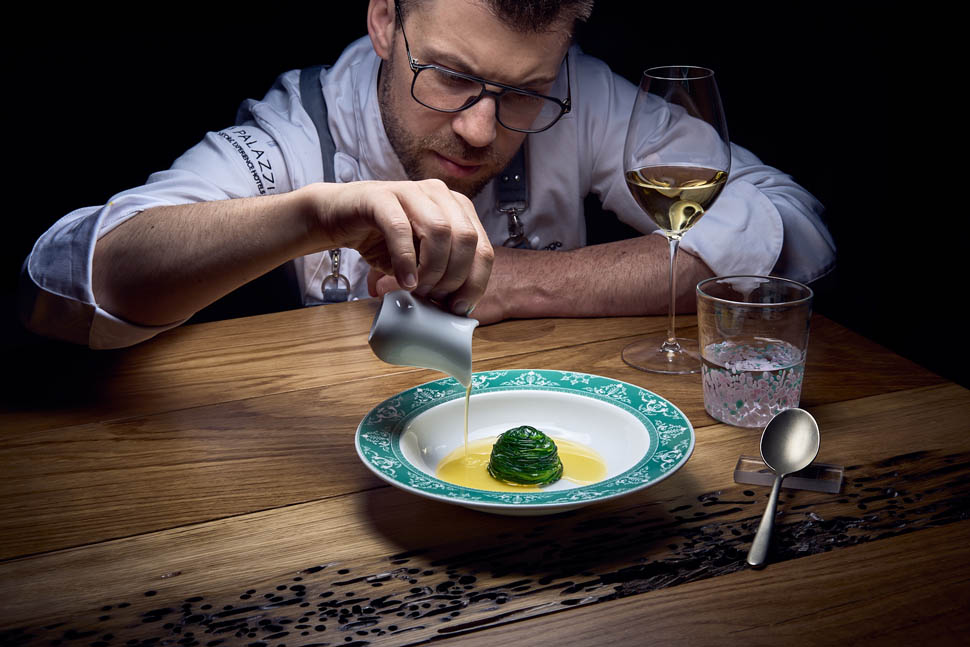
"I've been here for two years, and the reason I'm here is a consequence of what my present is. I made this decision because, after ten years of working in fine dining, what I told myself is, 'everything is changing, not for the better: we're in a situation where there has been a very strong growth in the informal dining sector, and gastronomic dining has lost the cultural appeal it once had.' Once, if you wanted to become a chef, you had to study from books, go out to eat; today, you go on Instagram, and it's all there, techniques, recipes... I'm not saying it's much easier to cover the gaps, but it's easy to disguise them, and in fact, for the end user, everything still looks very good. All it takes is a significant investment, a beautiful dish, a beautiful presentation, the right ingredients, and copying the recipe, in short, everything has become different."
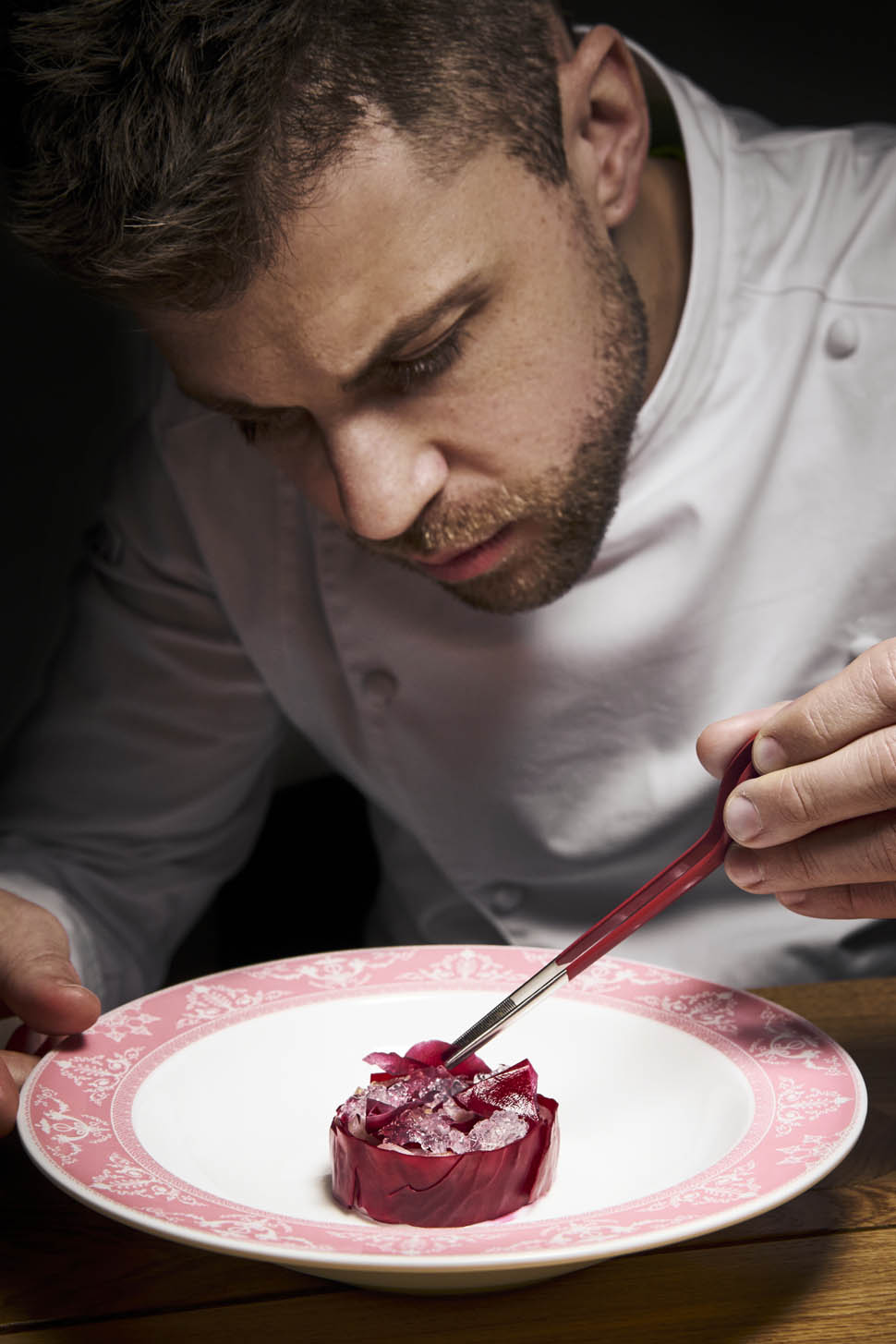
Similarly, Lorenzo talks about how the customers themselves have changed: "It's not like when I started. I was fifteen, sixteen years old, and I saw them coming with a guidebook in hand that they kept in the car: they turned around all the restaurants. Over time, I found myself with a clientele that came to me simply for status, so 'I go to El Coq because it has a star, a beautiful view, and it's cool.' This is when Cogo begins to reflect on the theme of identity.
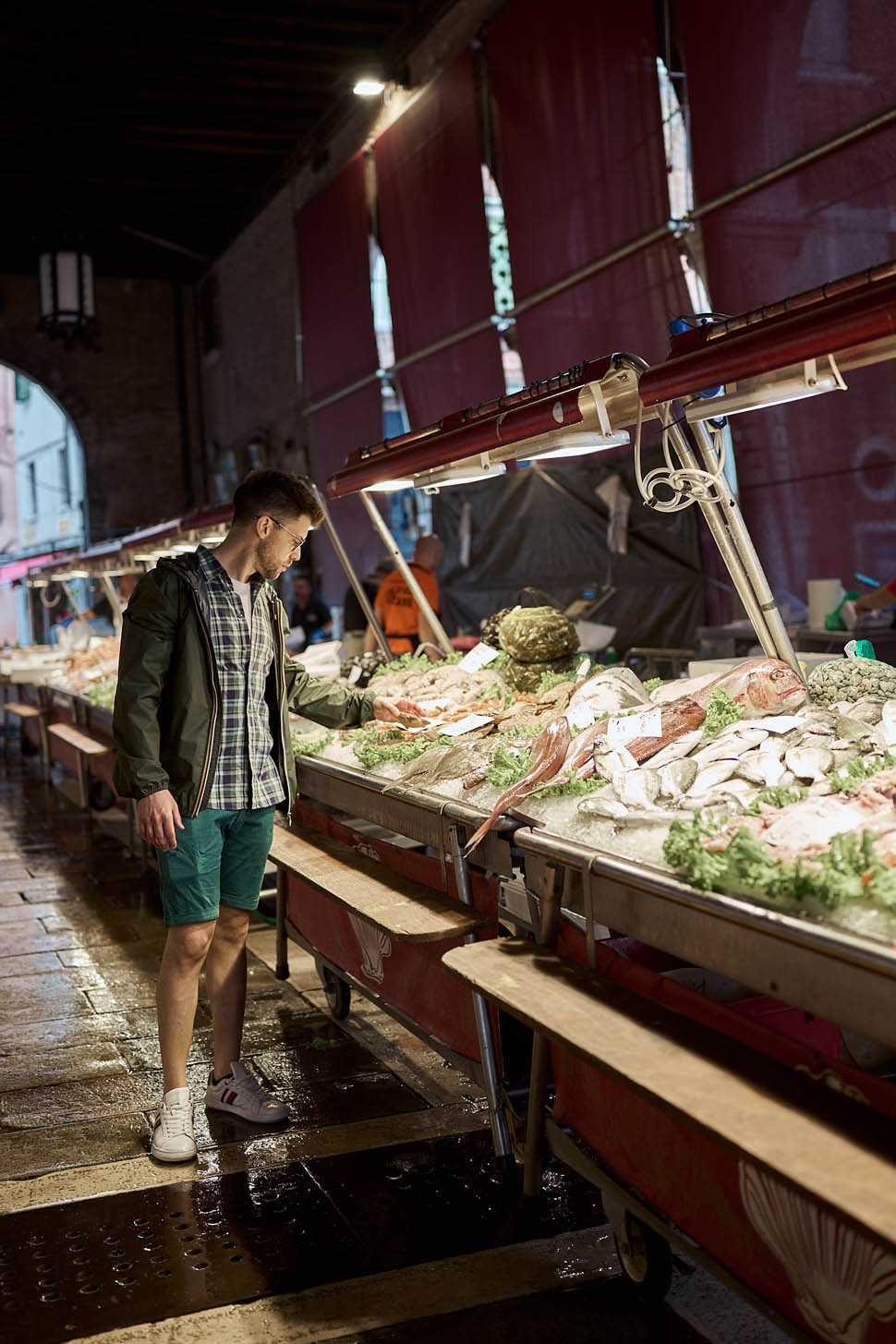
"You have to work on that, for better or for worse. It's known that in the kitchen, I've always had a strong identity, and when you have something to say, you can't please everyone." Lorenzo thinks about it, stops, and leaves Vicenza: "I said enough, I need a breath of fresh air, in fact, I want to try to remove myself from the main stage, from always being the lead actor. I want to build teams of new generations, give space to new talents." He opens a consulting company, the Social Club in Schio for informal private dinners and lends a hand in the family trattoria. Until they call him here at Ca' Bonfadini: "At first, I said no, but the project is very nice, and I've always been in love with Venice. I wanted to put a foot in and see how it worked, invest in a team."
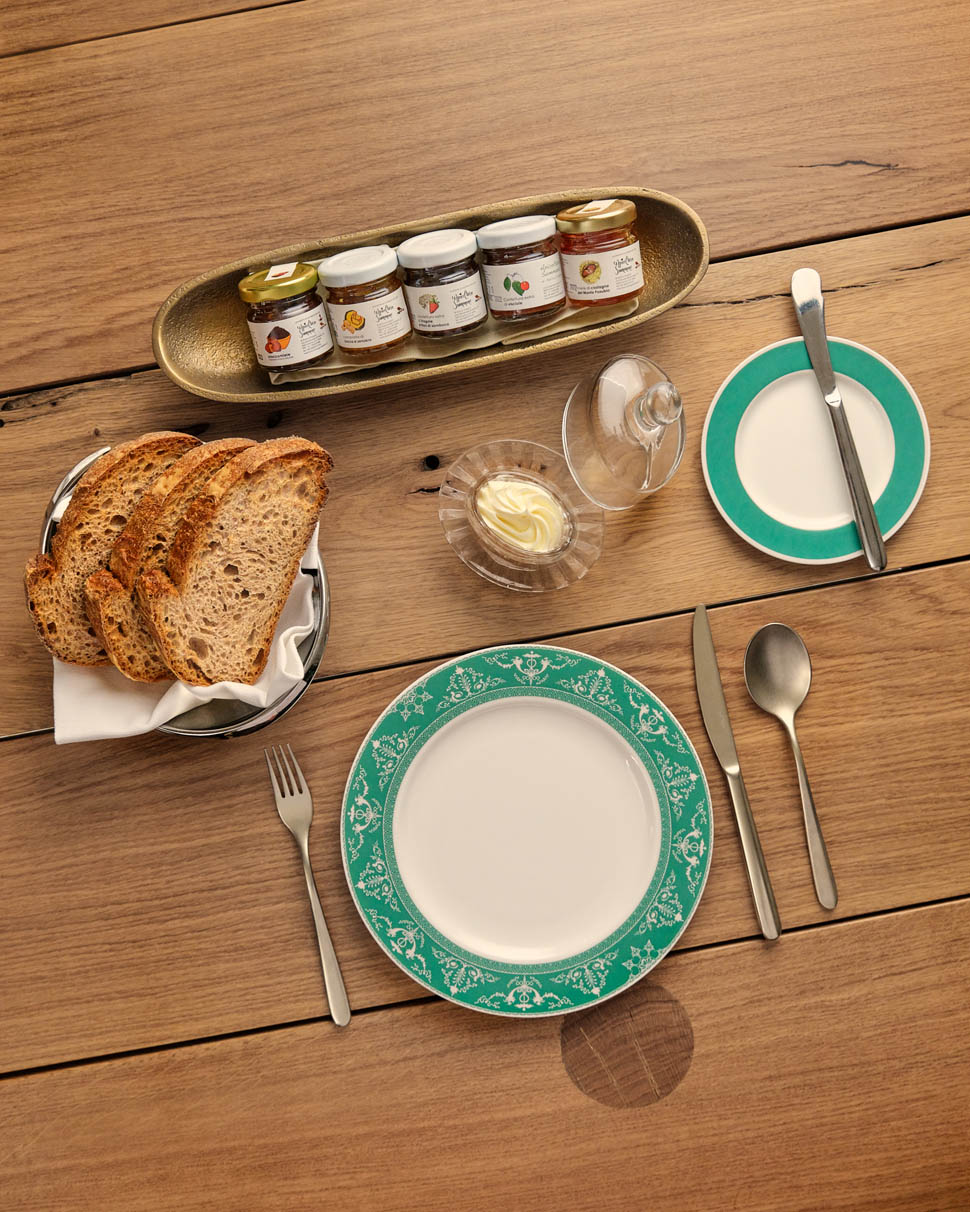
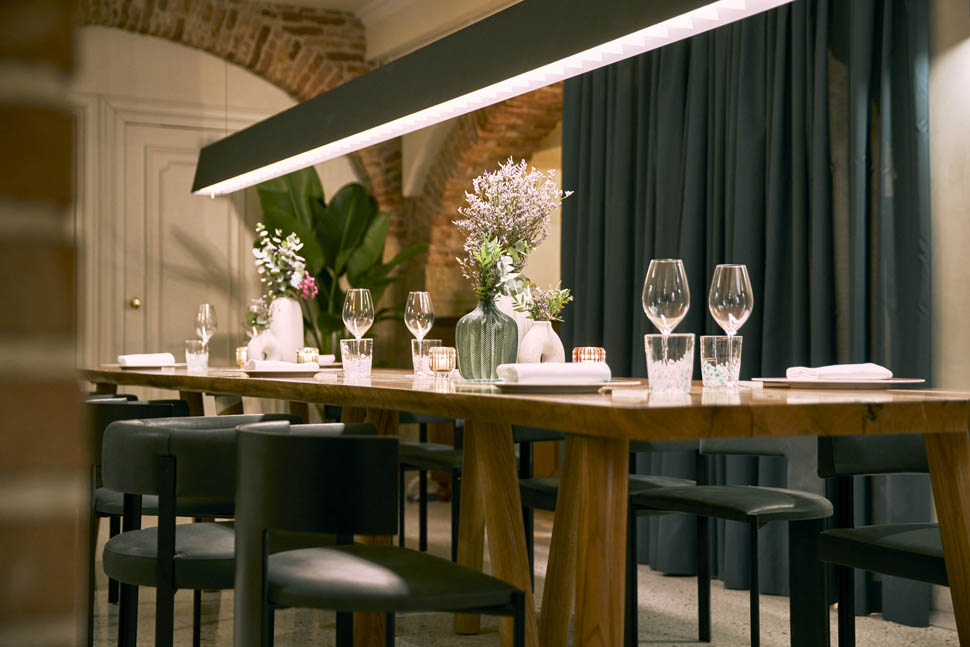
The dishes
However, the work that Lorenzo is carrying out is not the typical journey: "You have to grow gradually based on the growth of the staff. If they can support a certain standard, we raise the bar; but whether I'm here or not, that standard must always be maintained. The idea is to consolidate, not to confine myself to one restaurant. I'm like a bee, I pollinate a bit everywhere; for me, it's stimulating, and this has given me oxygen and creativity."
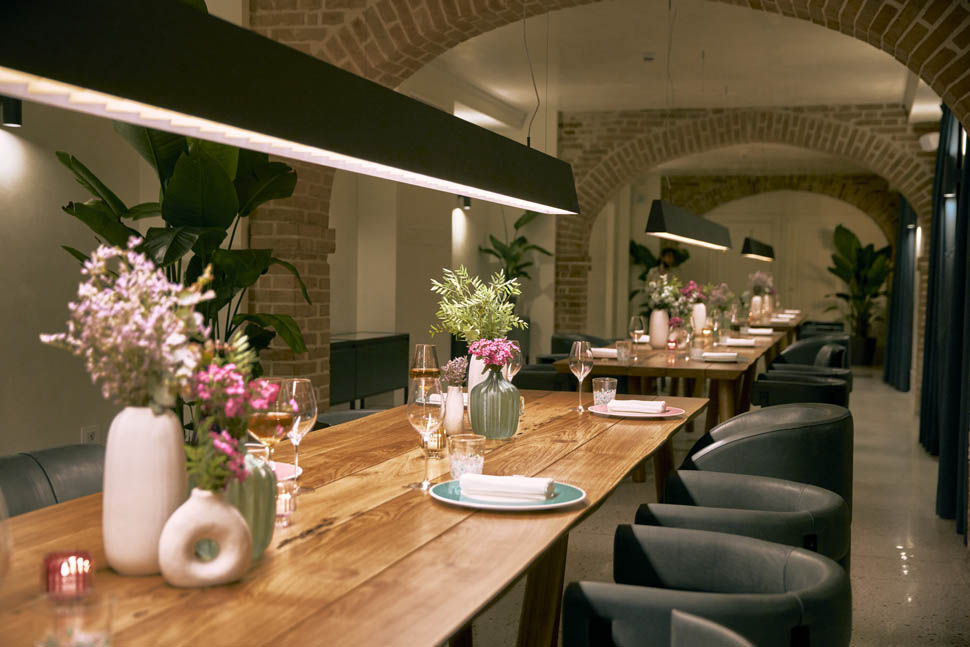
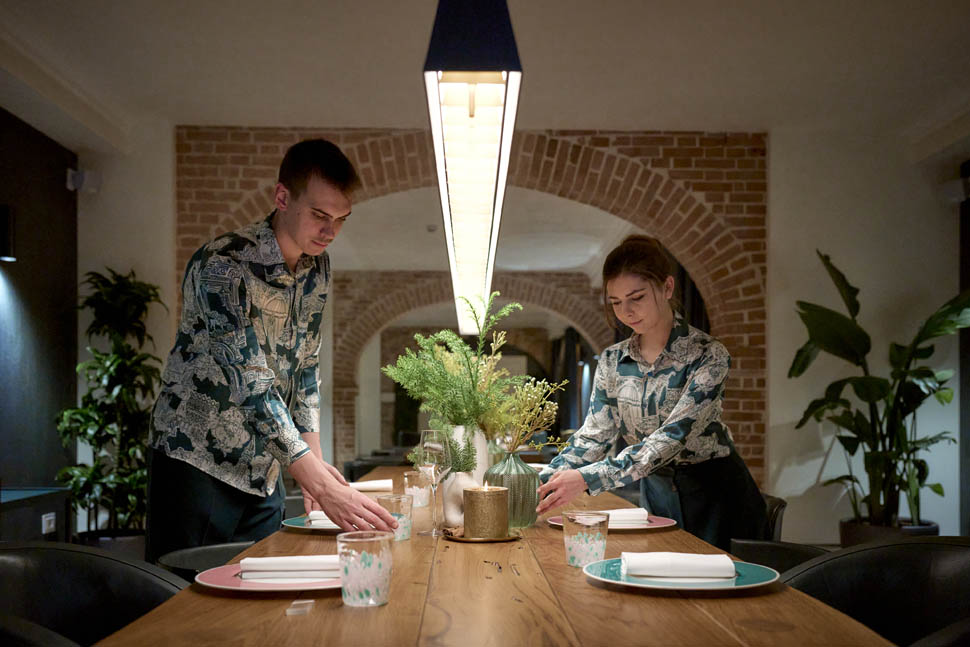
He oversees everything, but "they follow the daily routine. I want to focus on the young ones for the development of the dishes too." It could be defined as a kind of participatory supervision because Lorenzo supports them but lets them do it: "If the chef makes the dish, things never progress, and people don't get motivated." And the motivation is strong, judging by what comes out of the kitchen; for example, the amuse-bouche, each one more delicious than the last and not conceived, as often happens, just to be there because they have to be. The sequence is fresh, powerful, and mouthwatering, from the raspberry cannoli with whipped cod cream to the magnificent cracker with prawns, edible flowers, and Timut pepper, to the lacquered sardine with salted caramel cream and smoked ricotta.
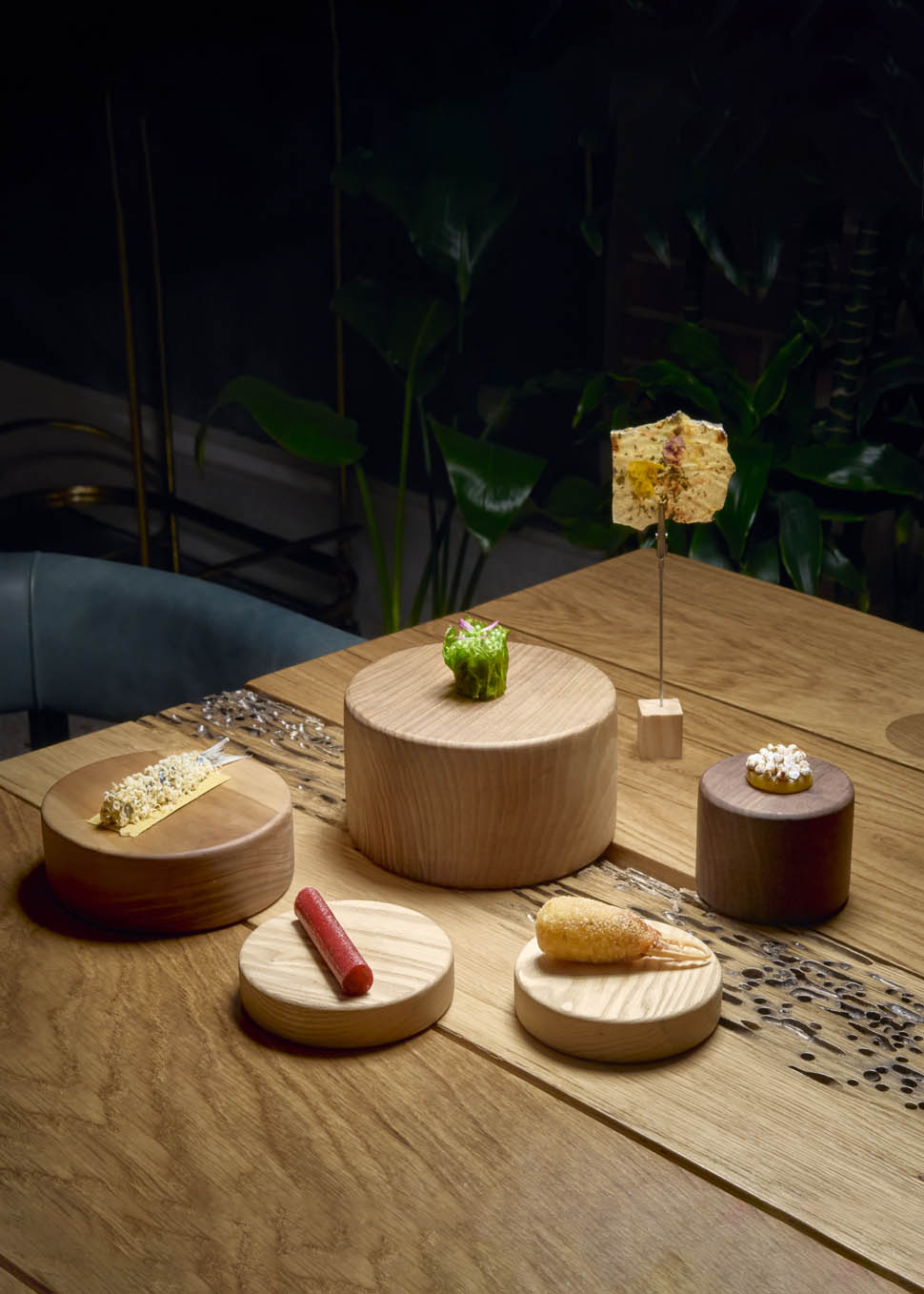
And then the fried crab claw with crab mousse and fermented chili cream and the tartlet with red curry and tellines, just to name a few. Cogo describes Dama's cuisine: "The general philosophy is linked to the location of the restaurant because we are physically very close to the mainland, with one foot in the lagoon and one there. What I find very enjoyable is creating a connection: we seek excellent lagoon and land products, and we're eighty percent seafood and twenty percent vegetables. I continue to gather my ingredients and give them to the young ones so that they can infuse them with the lagoon; I go to the mountain pasture to get fioretta, wild garlic, dog rose... I arrive at Piazzale Roma, and in ten minutes, the boxes are in the kitchen." At the core of the dishes is a precise idea of concreteness: "That of a place that wants to maintain a very strong connection with taste, much less with ethereal experimentation: I'm eating this product, I perceive it, understand its value and quality, it's good. You should eat something that satisfies you, and it should be understood, with few flights of fancy and plenty of substance." It can't be said that taste, technique, and creativity are lacking: here, the handle is definitely there.
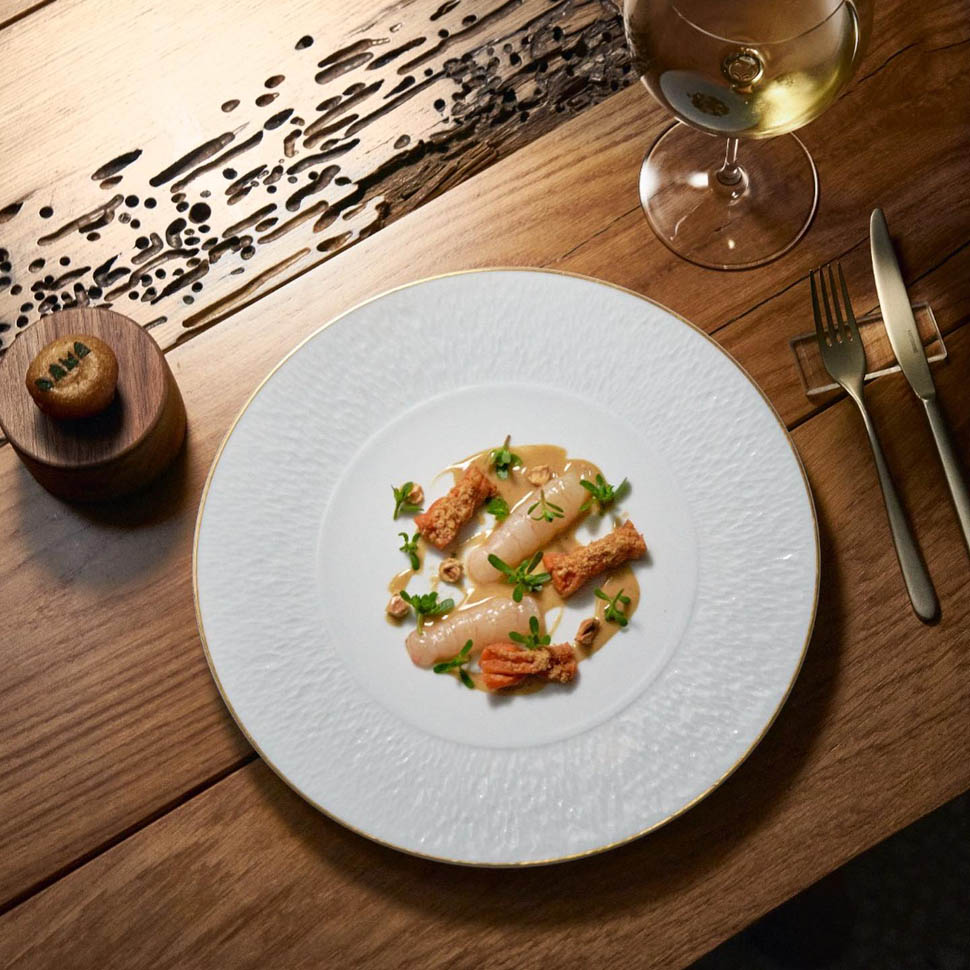
Just taste a plate of great freshness like the semi-marinated razor clams in lime and lovage ceviche, with razor clam pil pil and wasabi, Sant'Erasmo lettuce, and fresh fava beans or that masterpiece of layering, the schie ragù, which has a base of black olive paste, sliced Taggiasca olives, the milky part is given by fioretta, the vegetal part by parsley extract, and the delicious crispness of the fried small crustacean heads to finish.
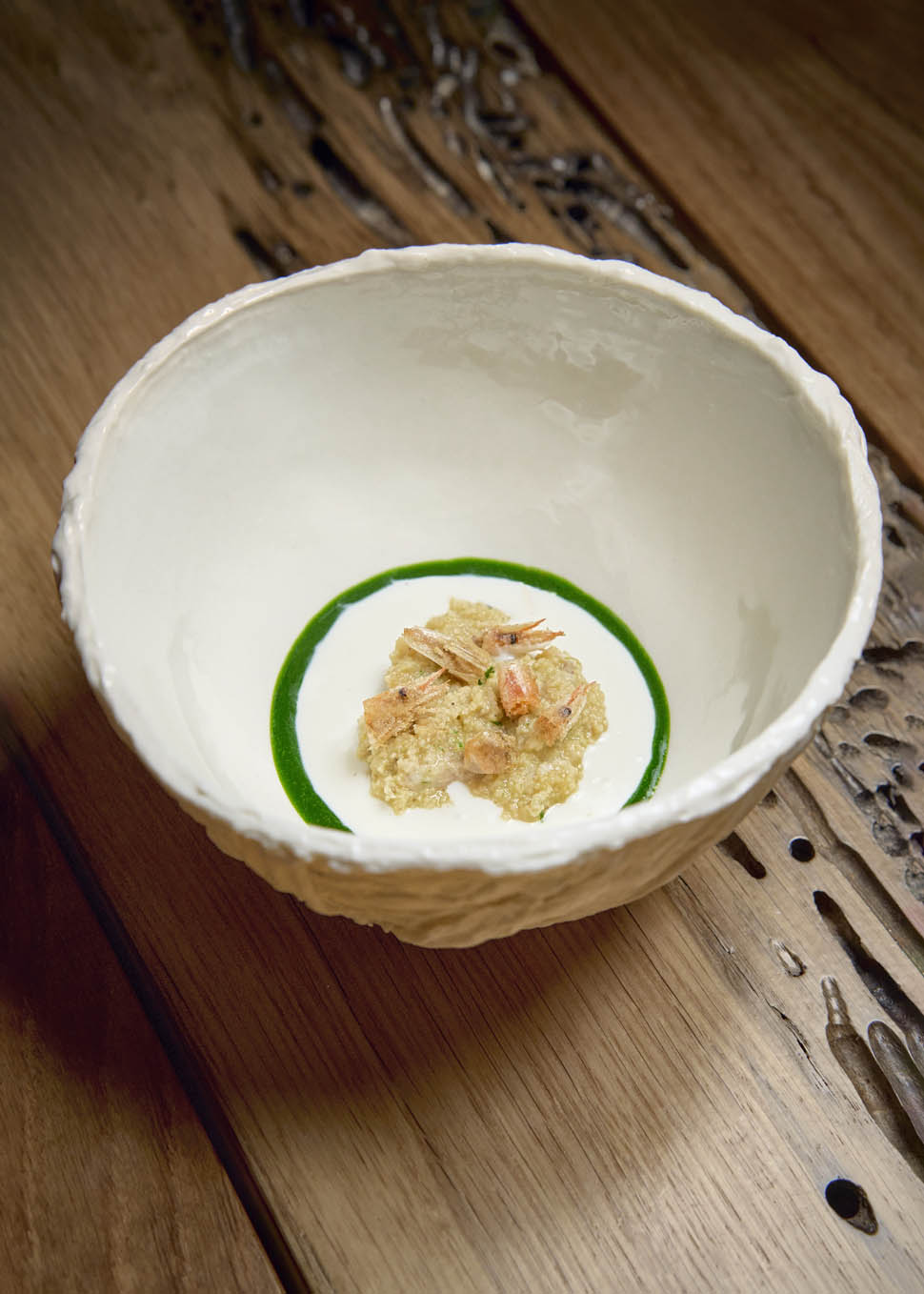
And then there's the warm sea bream, covered with wild garlic pesto, on the bulbs of the same plant, dressed with bakasco and nasturtium leaf powder, with convincing oriental notes. A fantastic Thai-lagoon-Balinese improvisation is the cold blue crab spaghetti molecati with ginger and chili. Delicious, with the colors of Brighella, the white and green risotto, cooked in garusoli water and served with the same murici ragù, horseradish paste, and bay leaf powder. And then the succulent turbot fillet, its fattiest and most delicious part grilled and coated with smoked ricotta sauce, covered with spicy strawberry molasses cream and chard leaves.
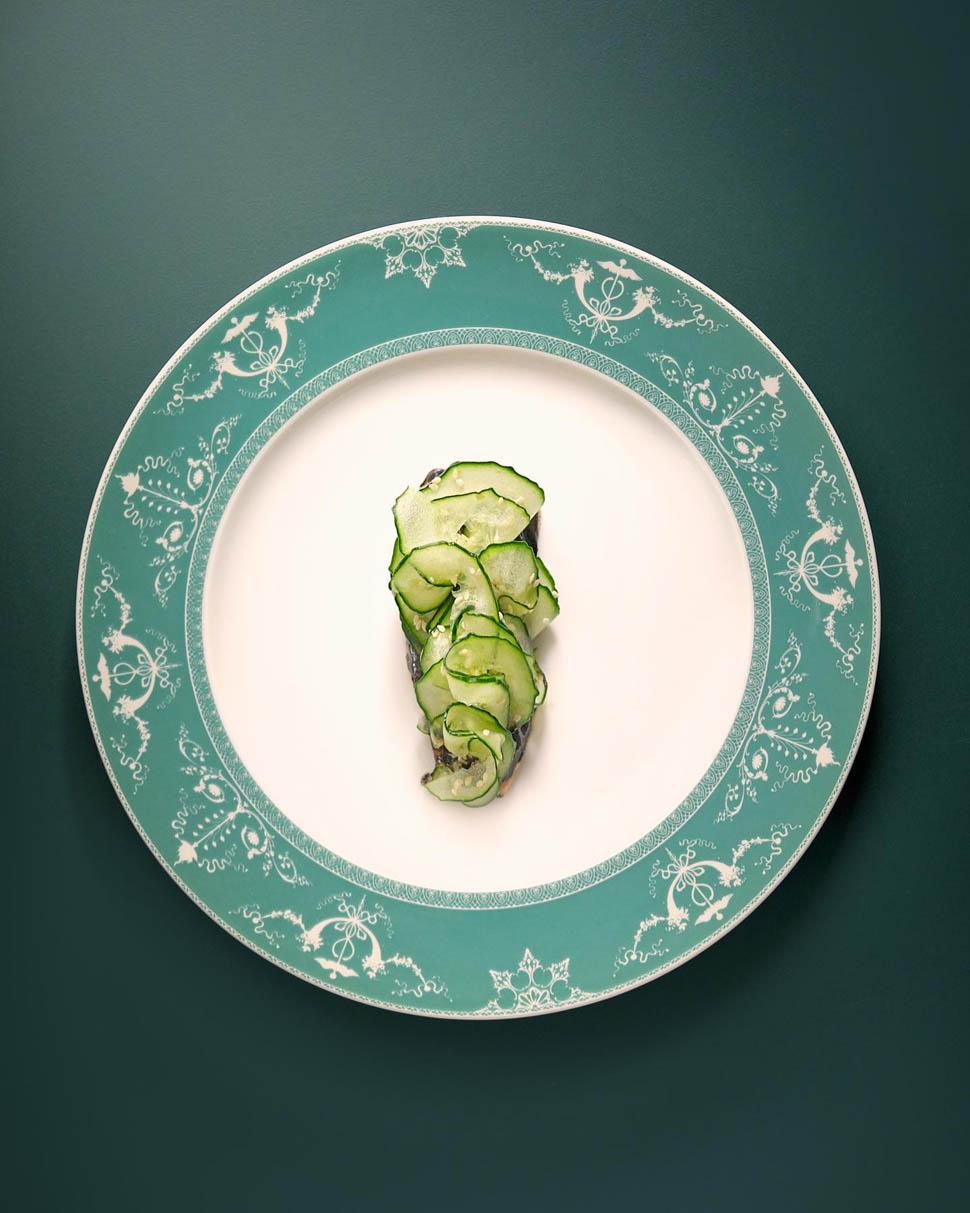

Furthermore, the very savory tuna belly with pea pod cream, fermented mushrooms, and elderflower blossoms. A splendid range of delicious expressions that remain at a high level even with the desserts, starting with a sensational prelude: at its base is curdled milk and sake cream, parsley and celery sorbet, lovage oil, and vinegar, and sorrel leaves. And then another author's test with grilled bamboo root, hollowed out, filled with dandelion ice cream, and served with pecan nuts.
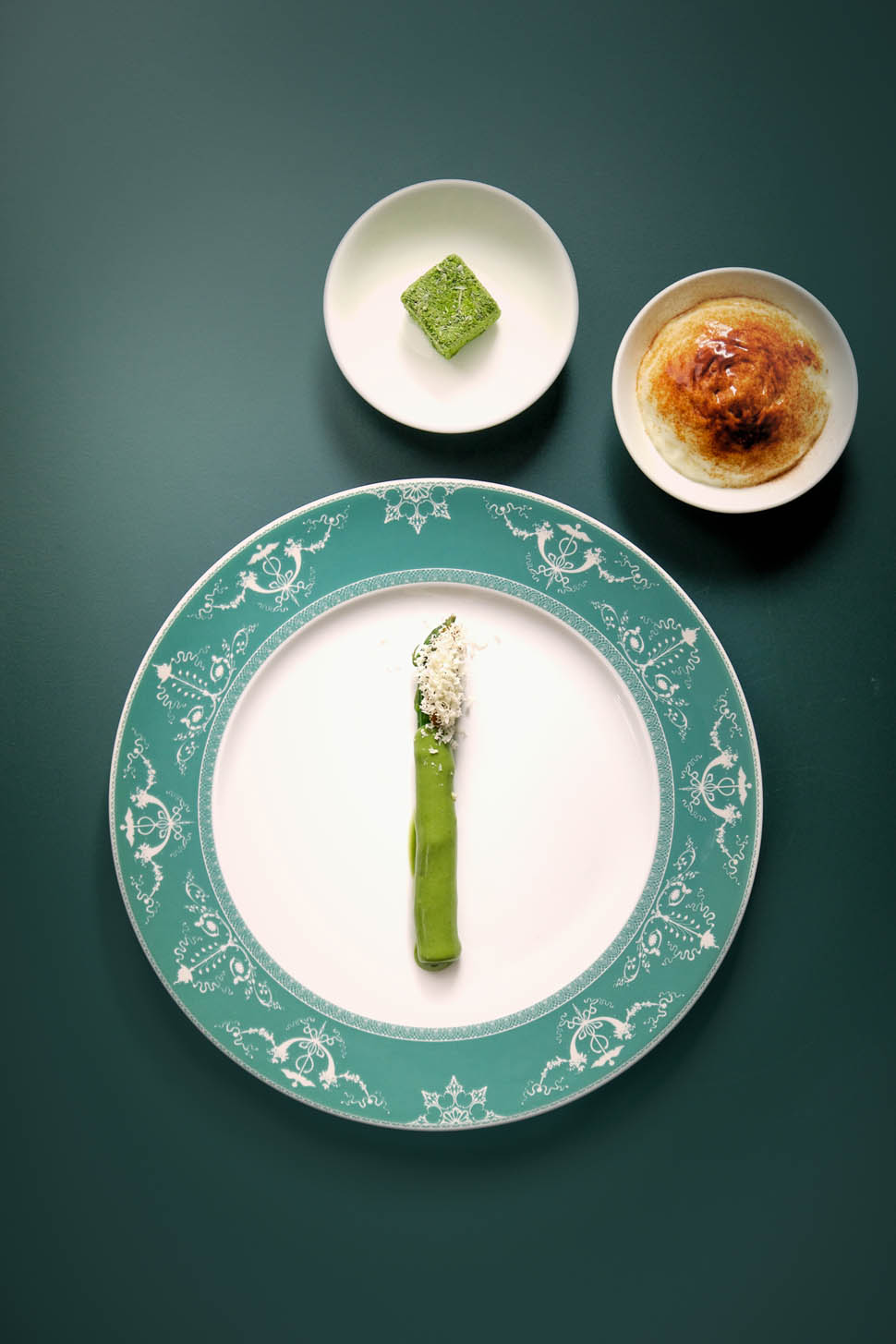
Not to mention two small, wonderful final tributes like nori seaweed with goat cheese mousse and Siberian caviar, the white sesame wafer with pistachio and wasabi cream, and finally, the bee pollen wafer with banana cream. Lorenzo has a lot to say: "We're at a good starting point; we're creating our identity and not copying others. Dama must be recognized as a place of quality, where you eat well, and there's a deft touch: this, for me, is the right start. We are growing, and you can read through the dishes." Yes, you truly eat well here...
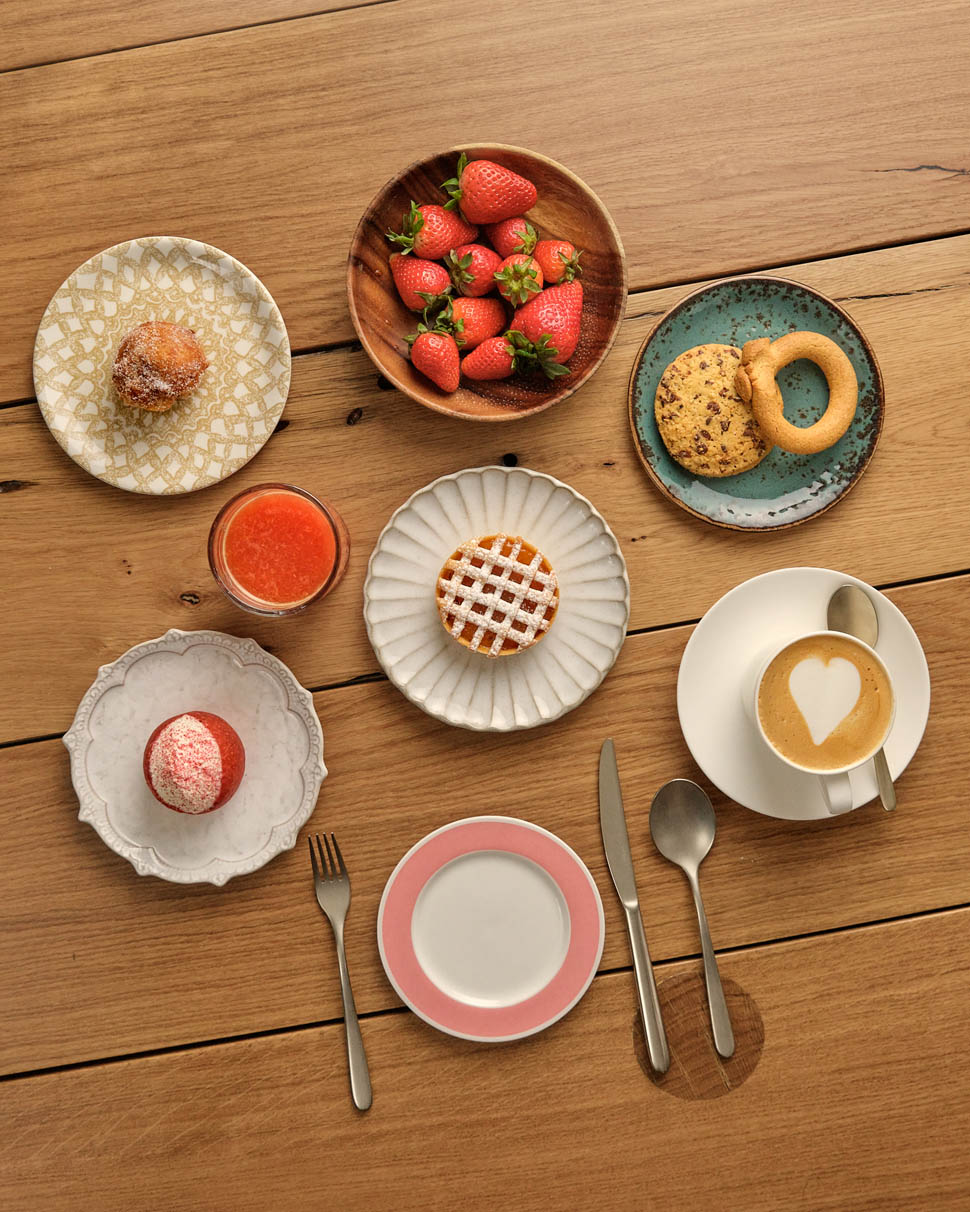
Address
Ristorante Dama
Fondamenta Savorgnan, 461, 30121 Venezia VE
Tel: +39 041 098 6297
